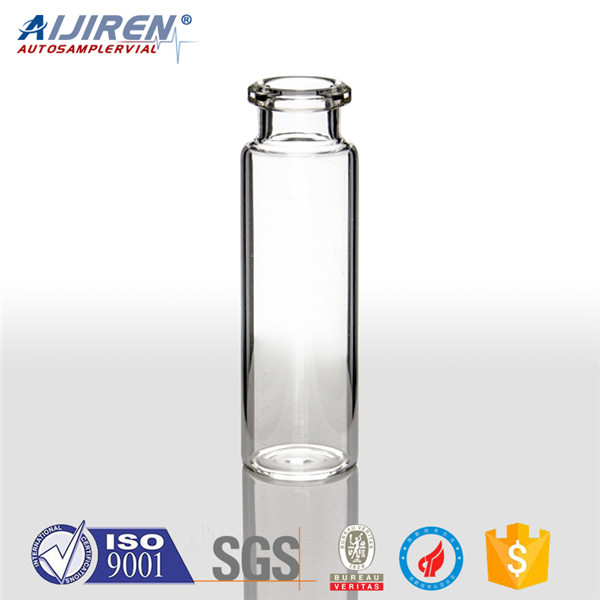
20 mL Precision™ Headspace GC crimp top vials, 75.5 x 23 mm with flat bottom and bevel top. Type 1 clear borosilicate glass. All vials are clean room-packed and packaged in tamper-evident, shrink-wrapped polypropylene boxes. All vials are clean room-packed: Headspace vials are packed in a clean room environment.
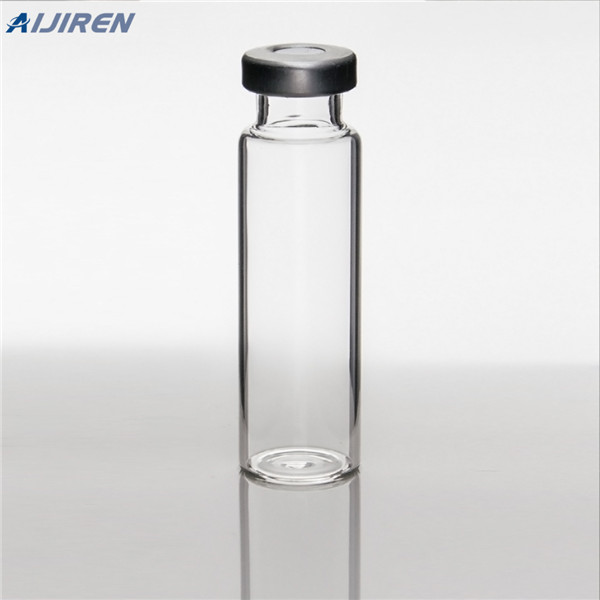
18mm Screw top headspace vials, caps, septa. Our screw top headspace vials are a novelty in a crimp-neck dominated field. They provide a ready-to-use, convenient solution that does not require crimping or decrimping tools. Headspace vials, septum and caps can be purchased in various quantities separately or as convenience kits.
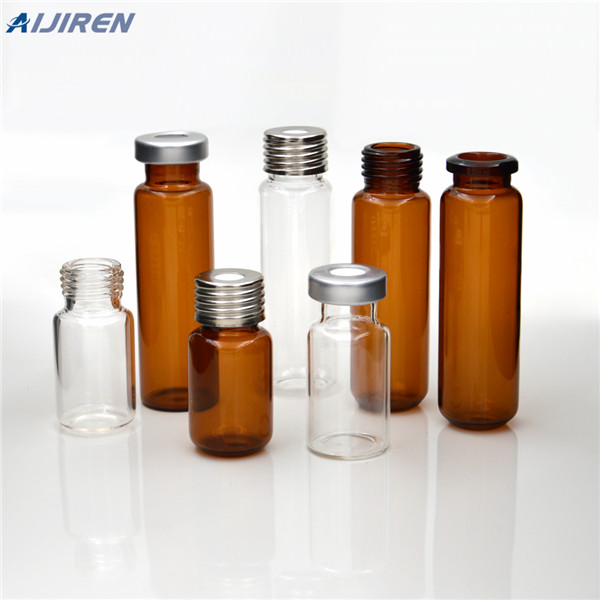
Vial blank samples were prepared by capping the empty 20 mL headspace crimp top vials or screw top vials directly; no effort was made to purge the vials with an inert gas prior to capping. These vial blank samples were used for blank background and potential septa contamination evaluation. Solvent blank samples were prepared by adding 1 mL of
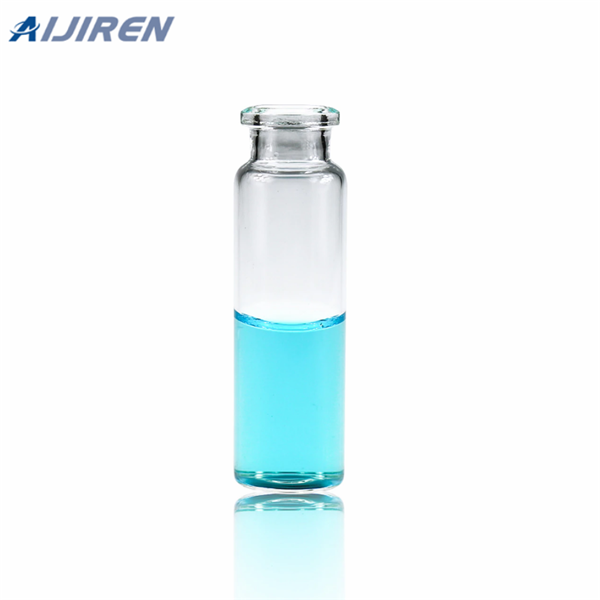
Sample Vial with Green Thermoset F217, PTFE-lined Cap, 15mm-425 (1) Sample Vial with Green Thermoset F217, PTFE-lined Cap, 18mm-400 (1) Sample Vial with Screw Cap: 13mm-425 (1)
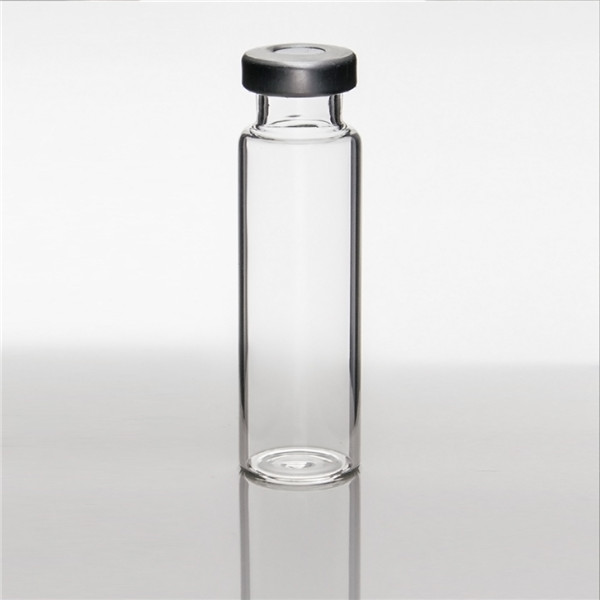
All Aijiren Tech headspace vials meet the manufacturer’s specifications. AijirenTech sample bottles are available in 6ml, 10ml, and 20ml types, with screw and crimping types.
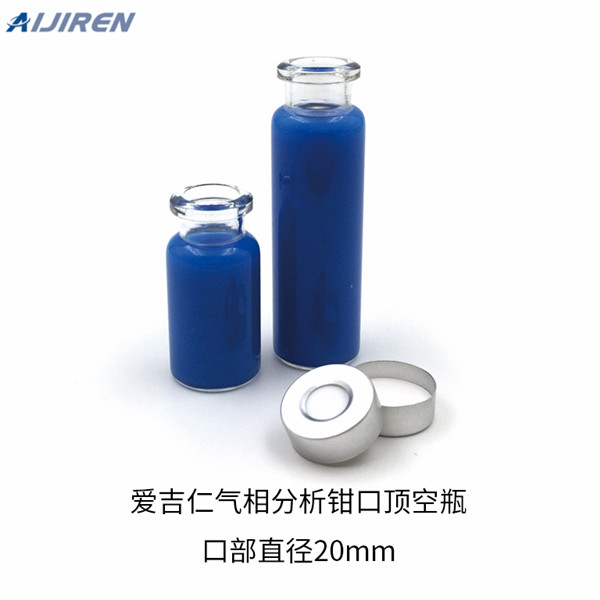
Shimadzu now offer a complete range of Headspace Vial Kits for GC in both Crimp and Screw Top configurations. All vials are Type 1 borosilicate glass and the range is extensive enough to cover all major manufacturer’s instruments, including Shimadzu, Aijiren, PE, CTC and Tekmar headspace instruments.
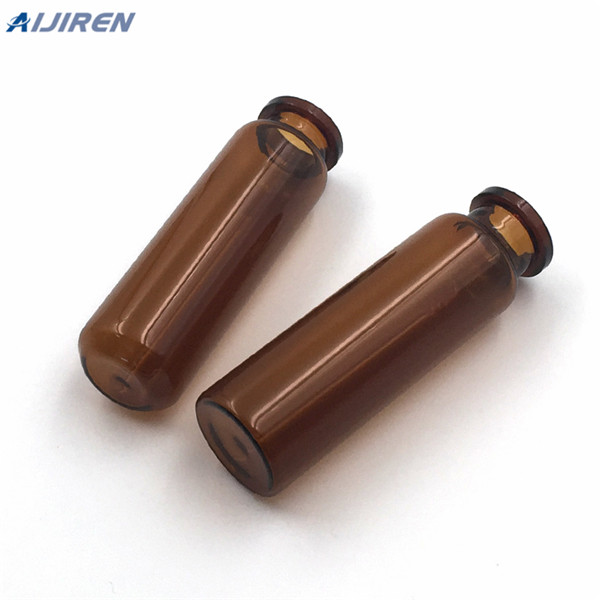
was obtained from Supelco (USA). Soil sampling and calibration w ere performed in 20 mL crimp-100. top headspace vials (HTA, Italy) with PTFE/silicone septa (Zhejiang Aijiren Technology Co., 101. China). All vials and septa were washed with distilled water and pre -conditioned at 140 °C for 2 h . 102. before analysis. 103. 2.2
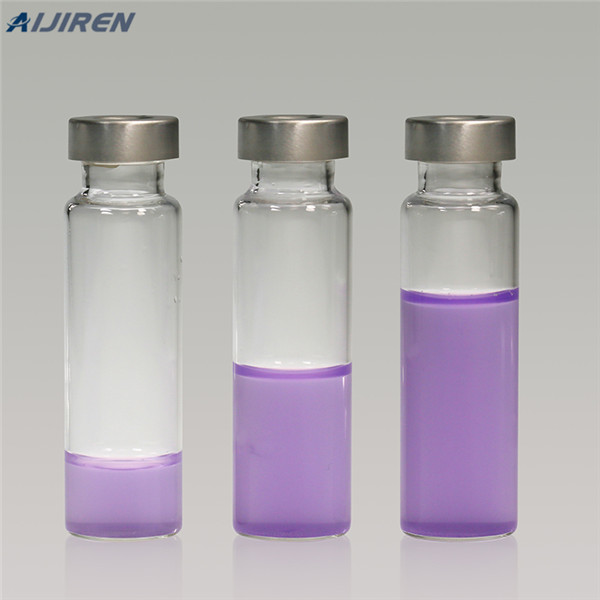
The solutions were transferred to 10-mL glass vials with TEF/SIL magnetic headspace screw caps (ISI Ltd., Petah Tikva, Israel) and taken for volatile analysis by GC–MS according to a previously described method (Arnon-Rips et al., 2020). The concentrations of citral isomers, neral and geranial, were determined in triplicate.
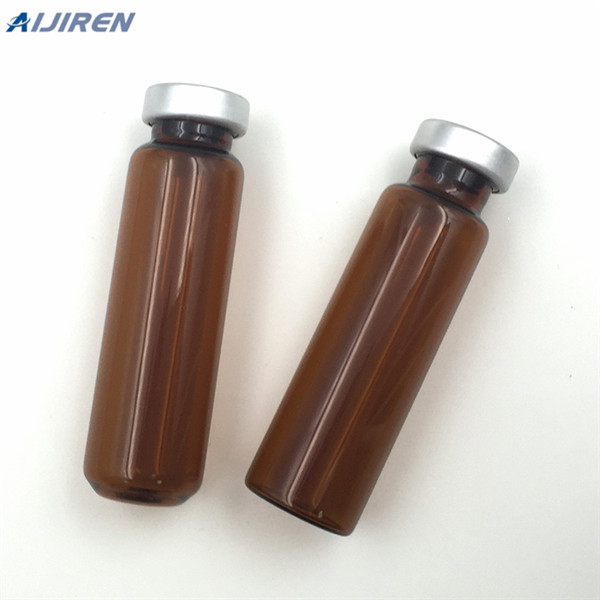
Crimp Top Headspace Vials from Thermo Scientific. Save time during sample preparation and reduce the risk of contamination using Thermo Scientific crimp top headspace vials. Choose from Thermo Scientific National and Thermo Scientific Chromacol brands.
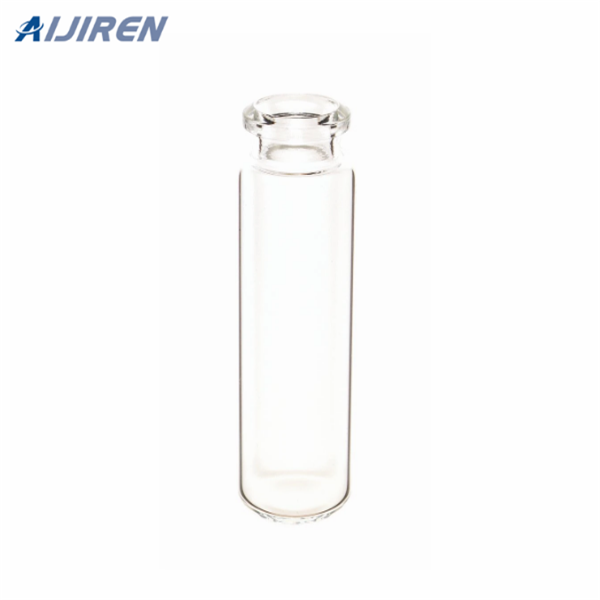
Products : Vials : Headspace Vials Headspace Vials. Worldwide Glass Resources Headspace Vials - Manufactured from Type 1 Borosilicate glass - Available in 6ml, 9ml, 10ml, 12ml, 20ml and 27ml - Clear or Amber - Finishes available in 20mm standard crimp seal or beveled finish and 18mm screw thread - Radius (Rounded) bottom or flat bottom styles
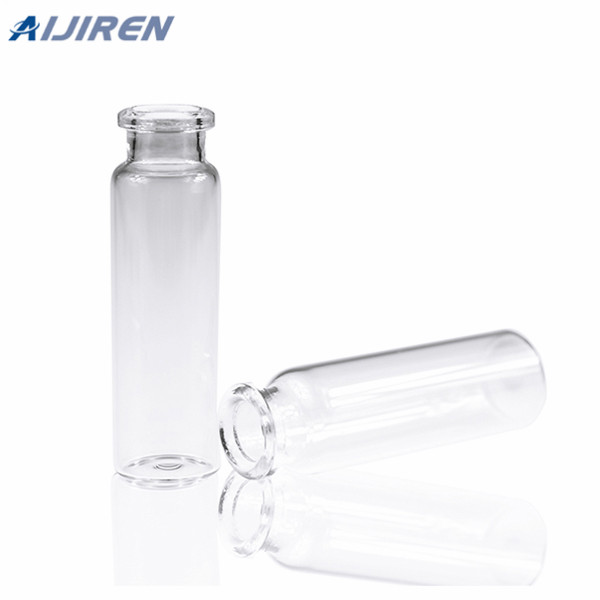
Vials Waters TruView (LC/GC) Vials Thermo MS Certified (LC/GC) Vials. PP . t0. Aijiren vial shows superior analyte retention in this separation of doxepin. Note: Tests were carried out by Aijiren. t4. t12 t48. 4. PROVEN VALUE
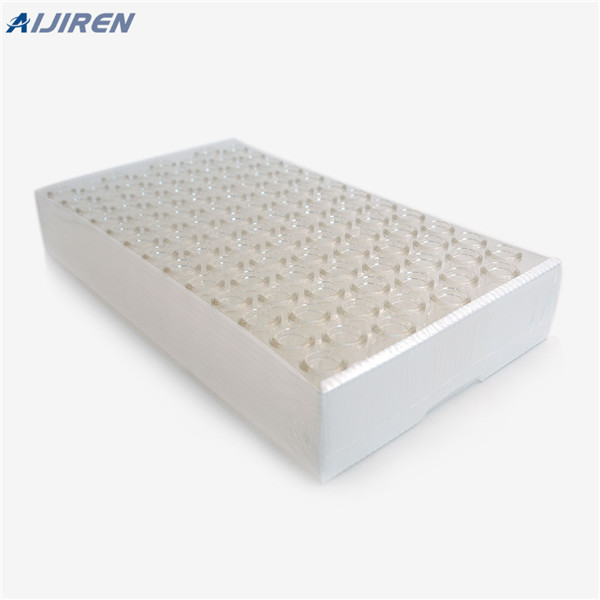
1000pcs 20ml Glass Vials Headspace 20mm Crimp top Flat Bottom Container Bottle. 1000pcs 20ml-60ml Vial Solid Cover PTFE Gasket(24-400)PP Screw Cap+Nature Septa. 200pcs 0.25mL Vial Micro-Inserts Clear Glass For 9-425 2ml Vials Conical Base US.
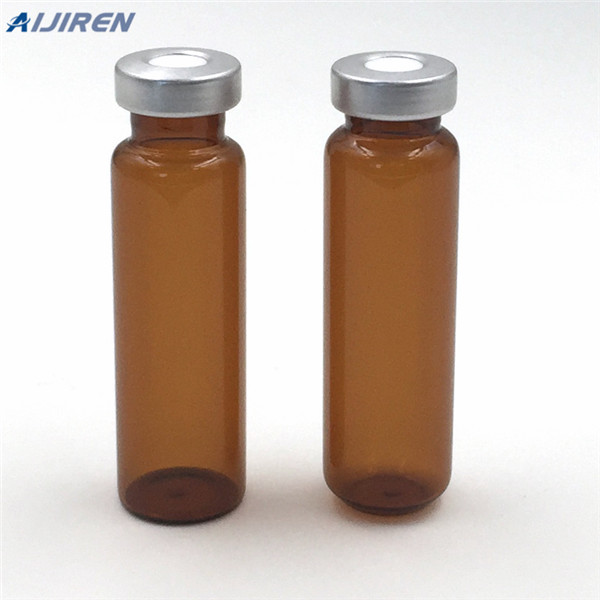
The function of the headspace bottle produced by Aijiren is to store volatile samples to prevent the sample from evaporating. The headspace bottle itself is resistant to high temperature and corrosion, and is mainly used for headspace analysis in gas chromatography.
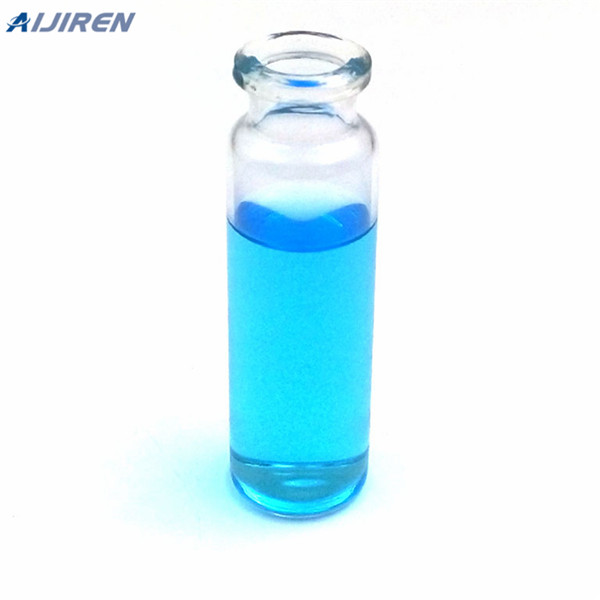
18mm Screw GC Headspace Vial is common element for each GC instrument. Sample handling in the overhead space is a convenient and fast sample pretreatment method in gas chromatography. In headspace analysis, the selection of sample vial is also critical.

It is important to ensure the correct vial and cap are used! Vial Size: Headspace vials are available in 6, 10 and 20 ml sizes. Use a vial large enough to ensure adequate headspace or phase ratio without excessive dilution of the components of interest. Phase ratio is discussed later and should normally be at least 50 % of the sample volume.